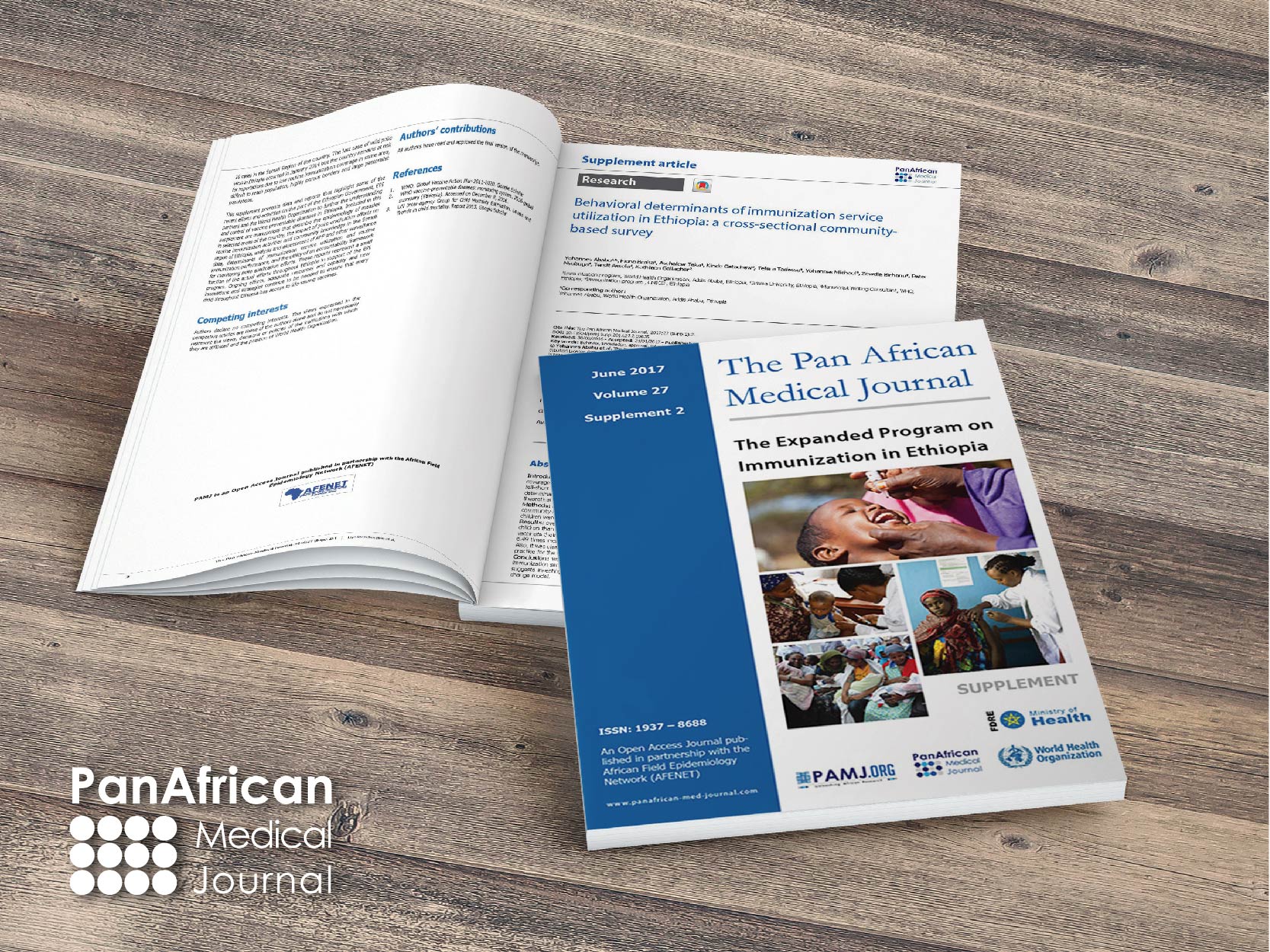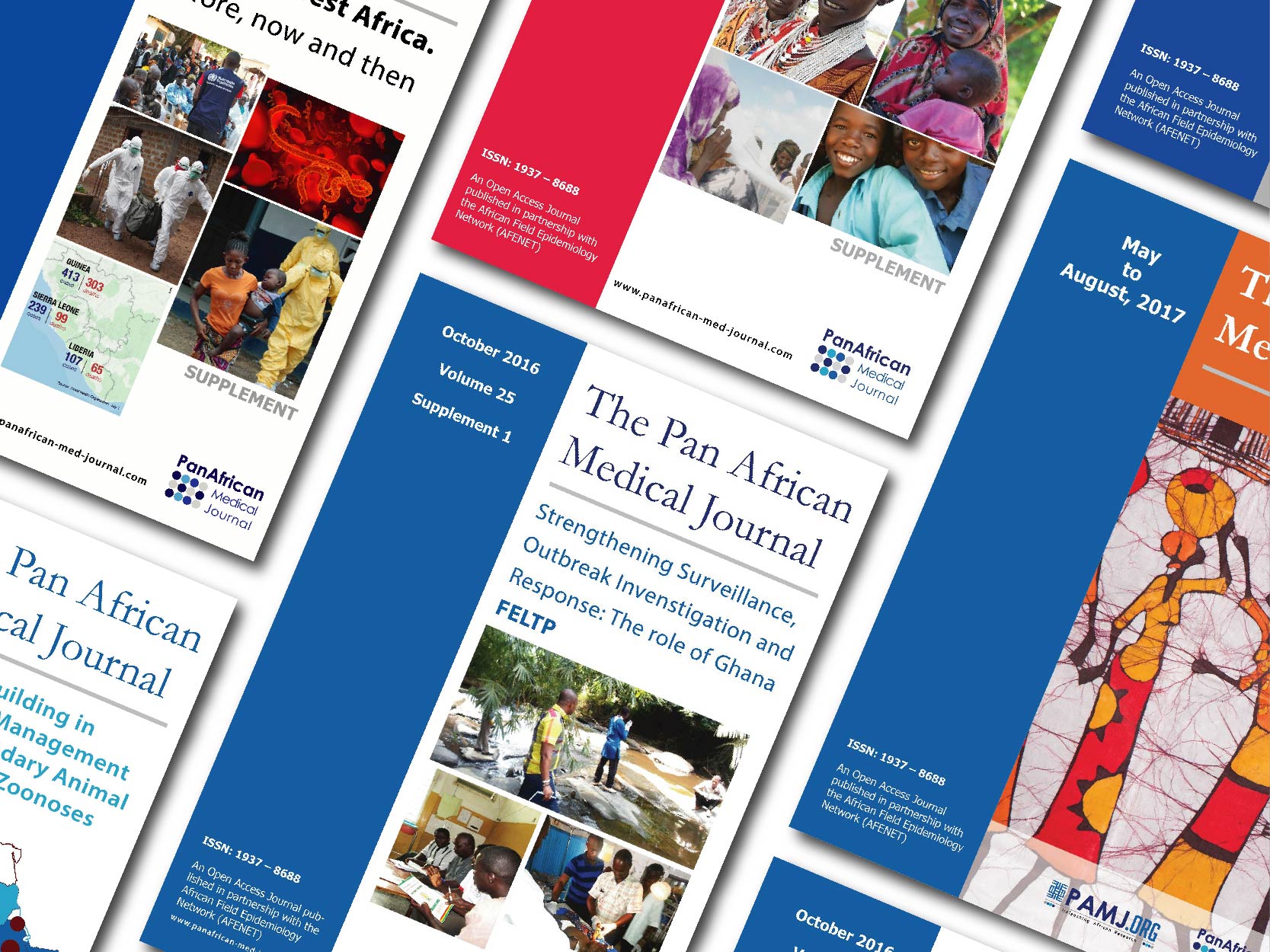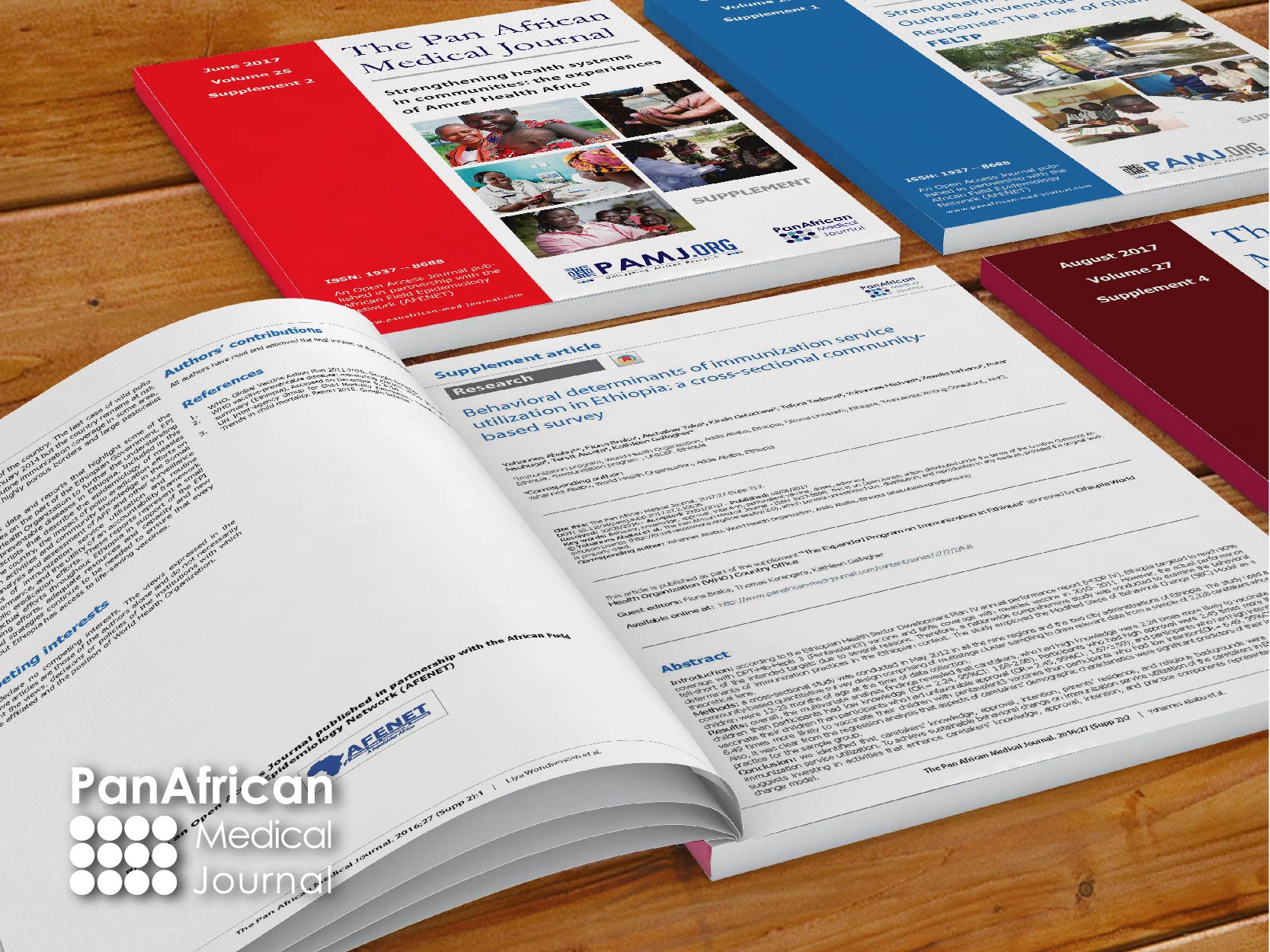Conference abstract
Diabetic ketosis as a presenting feature of myelodysplastic syndrome: A Case Report
Pan African Medical Journal - Conference Proceedings. 2024:22(83).25
Nov 2024.
doi: 10.11604/pamj-cp.2024.22.83.2626
Archived on: 25 Nov 2024
Contact the corresponding author
Keywords: Diabetic ketosis, myelodysplastic syndromes, blood
Poster
Diabetic ketosis as a presenting feature of myelodysplastic syndrome: A Case Report
Mraihi E1, Ben Chhida Anaam1,&, Elguiche D1, Bchir N1, Bourhil M1, Zouaoui CH1, Ouerteni H1
1Department of endocrinology, Military hospital of Tunis, Tunisia
&Auteur correspondant
Introduction: myelodysplastic syndromes (MDS) are a group of rare hematologic disorders primarily affecting older individuals, characterized by ineffective blood cell production and low blood cell counts. Recent evidence suggests a potential connection between diabetes mellitus (DM) and MDS.
Case presentation: we report the case of a 56-year-old male with stable angina and a family history of type 2 diabetes mellitus, presenting with acute abdominal pain and nausea associated with polyuria, polydipsia, and weight loss occurring over several weeks. His initial examination revealed a BMI of 35 kg/m² and normal vital signs. Laboratory results showed a blood glucose level of 578 mg/dL, HbA1c of 11.6%, ketone +, and a blood gas pH of 7.39, with no signs of biological inflammatory syndrome. However, bicytopenia was noted, with hemoglobin at 7.2 g/dL, MCV at 91.5 fL, and WBC at 2800/μL, and a reticulocyte count of 20 x 10^9/L. The patient was diagnosed with inaugural diabetic ketosis and treated with fluid replacement and continuous insulin infusion. Negative results for pancreatic auto-antibodies and tumor markers led to a diagnosis of type 2 DM, and he was started on insulin glargine and metformin. A transfusion of packed red cells was performed, and a myelogram revealed dyserythropoiesis, confirming MDS after ruling out vitamin B12 deficiency. The patient was referred afterward to the hematology department.
Conclusion: this case highlights the importance of considering underlying hematologic disorders in atypical diabetic ketosis and suggests a potential link between DM and MDS, warranting further research into their multifactorial relationship.
Diabetic ketosis as a presenting feature of myelodysplastic syndrome: A Case Report
Mraihi E1, Ben Chhida Anaam1,&, Elguiche D1, Bchir N1, Bourhil M1, Zouaoui CH1, Ouerteni H1
1Department of endocrinology, Military hospital of Tunis, Tunisia
&Auteur correspondant
Introduction: myelodysplastic syndromes (MDS) are a group of rare hematologic disorders primarily affecting older individuals, characterized by ineffective blood cell production and low blood cell counts. Recent evidence suggests a potential connection between diabetes mellitus (DM) and MDS.
Case presentation: we report the case of a 56-year-old male with stable angina and a family history of type 2 diabetes mellitus, presenting with acute abdominal pain and nausea associated with polyuria, polydipsia, and weight loss occurring over several weeks. His initial examination revealed a BMI of 35 kg/m² and normal vital signs. Laboratory results showed a blood glucose level of 578 mg/dL, HbA1c of 11.6%, ketone +, and a blood gas pH of 7.39, with no signs of biological inflammatory syndrome. However, bicytopenia was noted, with hemoglobin at 7.2 g/dL, MCV at 91.5 fL, and WBC at 2800/μL, and a reticulocyte count of 20 x 10^9/L. The patient was diagnosed with inaugural diabetic ketosis and treated with fluid replacement and continuous insulin infusion. Negative results for pancreatic auto-antibodies and tumor markers led to a diagnosis of type 2 DM, and he was started on insulin glargine and metformin. A transfusion of packed red cells was performed, and a myelogram revealed dyserythropoiesis, confirming MDS after ruling out vitamin B12 deficiency. The patient was referred afterward to the hematology department.
Conclusion: this case highlights the importance of considering underlying hematologic disorders in atypical diabetic ketosis and suggests a potential link between DM and MDS, warranting further research into their multifactorial relationship.








